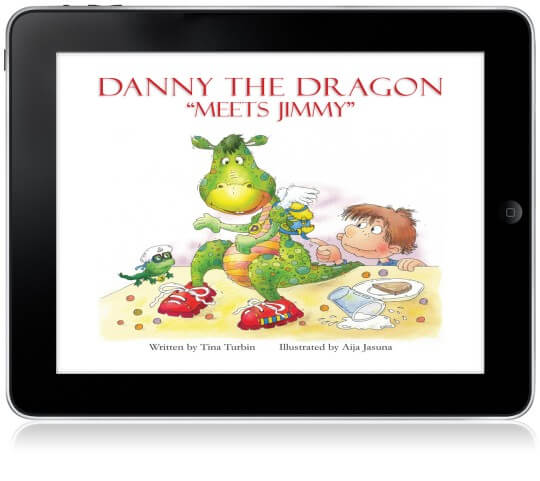
We may have hopefully put the days of the heated “print vs. digital” debates behind us. The consumers, the retailers, and even the publishing industry have all pretty much declared that digital reading is not a flash-in-the-pan fad, but that paper isn’t going away any time soon. The two formats have been predicted to live side-by-side for the foreseeable future.
But one market that has been slower to adapt to digital reading has been the juvenile market, although great headway has been made recently with the advent of more–and less expensive–tablets. Amazon, Barnes and Noble, and Apple have all made huge leaps this year in the marketing of children’s ebooks, and many of the key publishing industry events like the Frankfurt Book Fair had a very young reader-specific focus.
In the Wall Street Journal this weekend, Michael Hsu presented a very powerful anecdotal piece about trying to embrace e-reading for his children. He test drove several different children’s books, many of them classics of juvenile literature, on several devices across the various platforms. Hsu also worked in the various formats for children’s ebooks, such as with the narration turned on or off.
His verdict? It wasn’t the same as the experience of reading a print edition. While he did declare a winner in terms of who is currently doing the best job of getting the reading experience right (click HERE to read his article), he gave a very sound argument for what is lacking in digital children’s reading, namely that necessary pauses that come from the page turns in order to teach children effect storytelling and dramatic effect.
More importantly, Hsu effectively argued that reading a narrated voice-over ebook on a full-color device, necessary for enjoying the vibrant illustrations that children’s books are known for, becomes identical to watching a television program or movie and negates the reading of the book.
However, just as the entire industry and consumer base had to do when the e-reader devices appeared on the market in a wide-scale way, Hsu had to look for—and found—a purpose for digital children’s books; in Hsu’s case, it was the ability to still read a bedtime story to his children via Skype when he traveled, his children holding their print edition and he reading on his iPad. Readers of all ages had to make the determination of when to choose print or when to go with digital, and the author made the same determination for his own children to good purpose.
Mercy Pilkington is a Senior Editor for Good e-Reader. She is also the CEO and founder of a hybrid publishing and consulting company.
